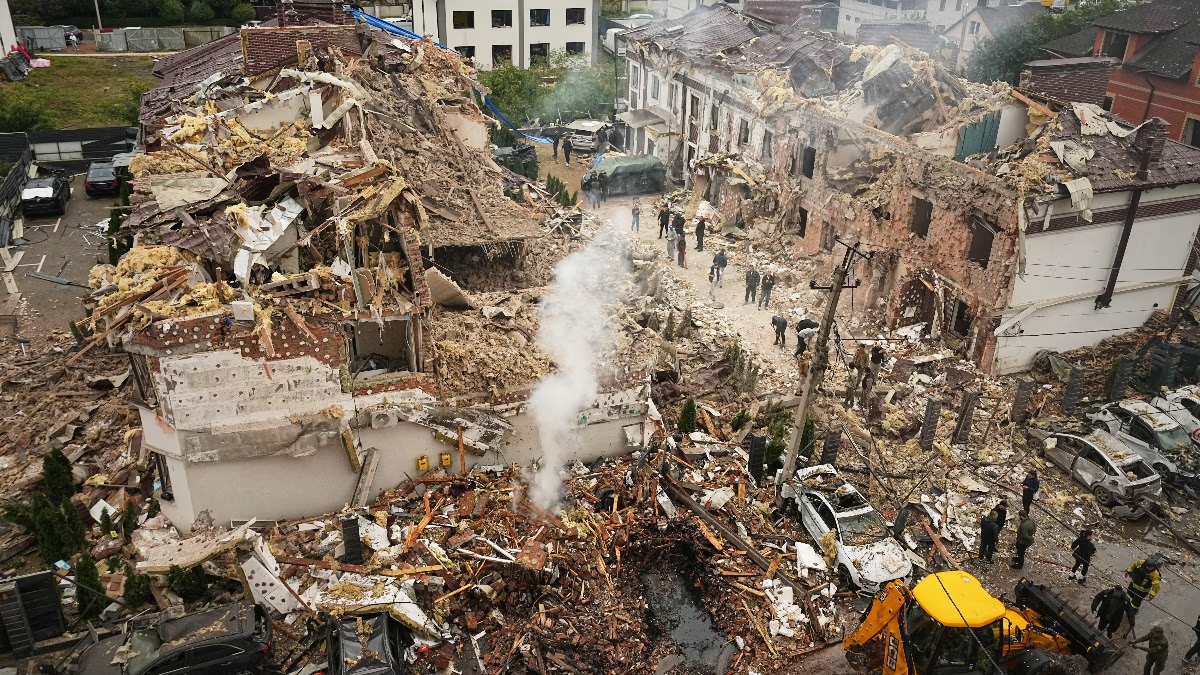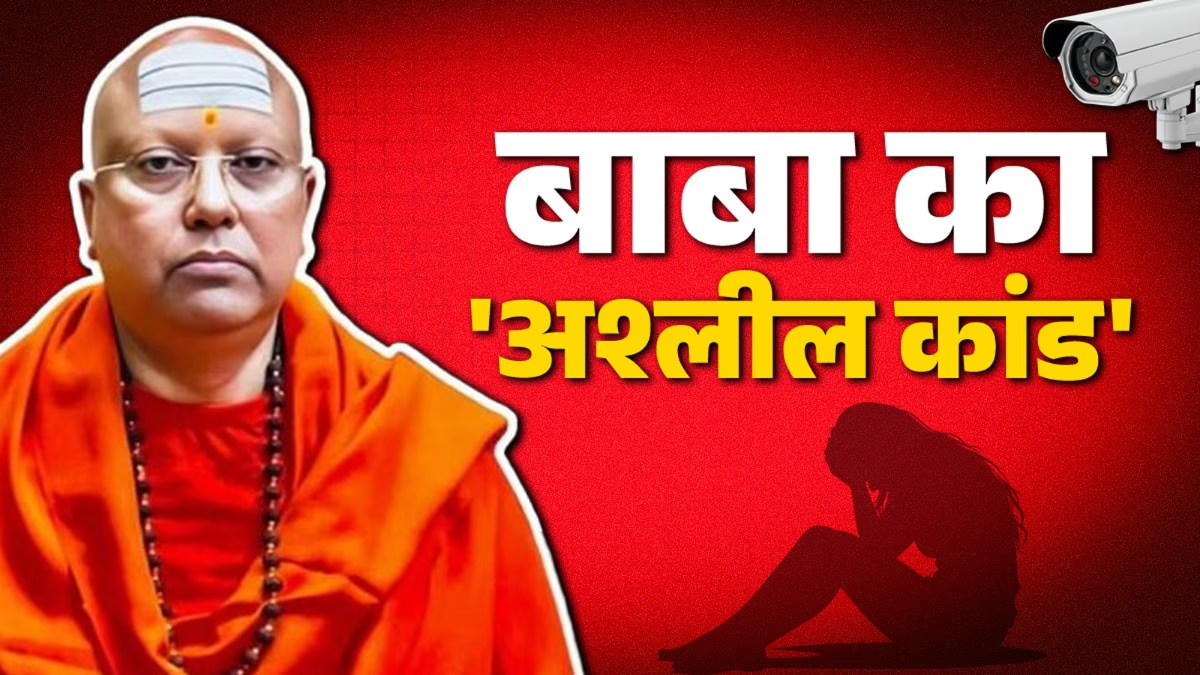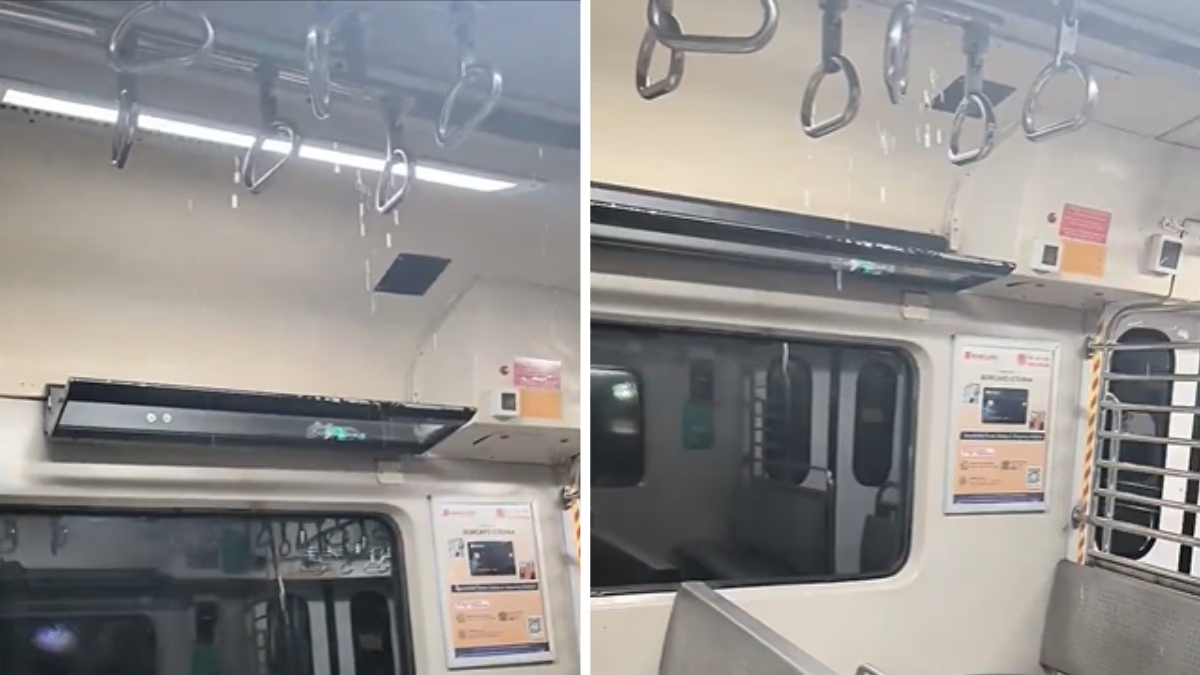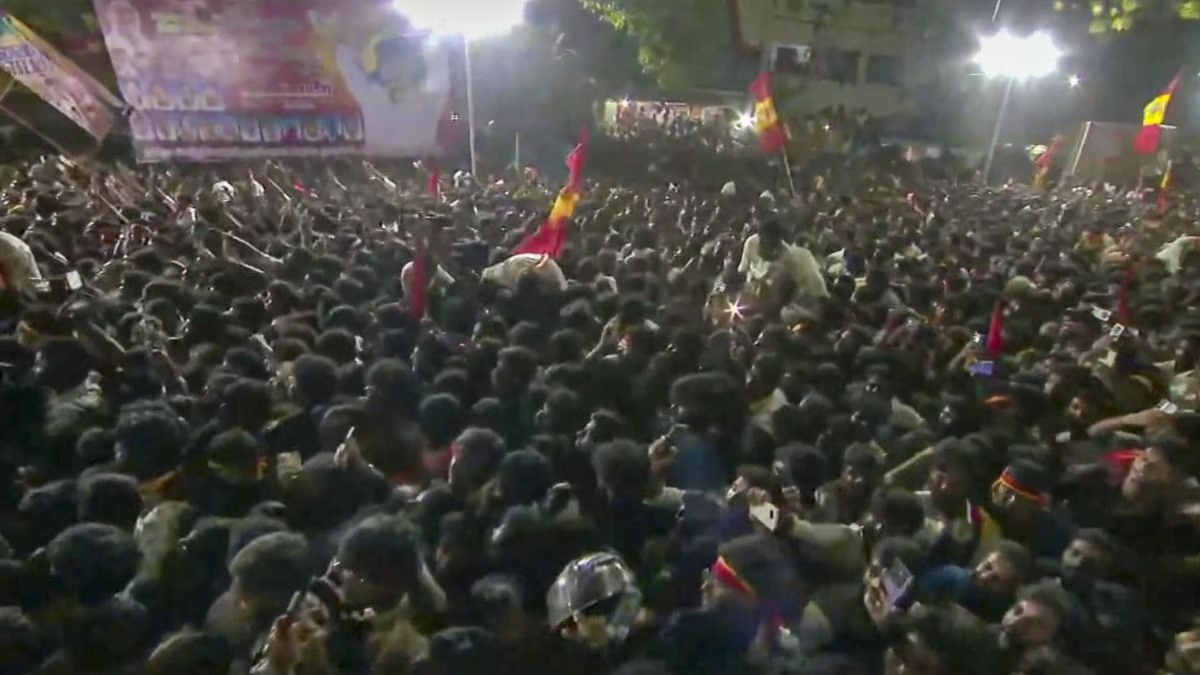Once again, the system for creating 'No Exam IAS' officers, known as the lateral entry process, is generating significant discussion. The Congress and various opposition parties are opposing 45 appointments made through lateral entry. In response to the opposition, Railway Minister Ashwini Vaishnaw remarked that the idea of lateral entry (direct recruitment) originated during the UPA regime. The UPA government was the first to advance the concept of lateral entry. Are you aware this system operates outside of India as well? Let's explore what this system entails and the countries that employ it...
What is the Lateral Entry System?
In the context of the lateral entry system, candidates are directly recruited to positions typically reserved for IAS-ranked officers via the UPSC lateral entry. In this setup, experts from various sectors within private industries are recruited to roles such as Joint Secretary, Director, or Deputy Secretary in different ministries, departments, and organizations. The UPSC Civil Services Exam is bypassed, and instead, experts are recruited through interviews without an exam.
Which Countries Have the Lateral System?
Alongside India, several countries support the appointment of officials through lateral entry. Esteemed for their civil service management, countries like Australia, the USA, and the UK utilize both direct and lateral entry systems. Additionally, countries such as France, Belgium, Italy, Japan, South Korea, and Spain have implemented this system.
For instance, in the United States, many positions are filled through lateral entry, making it a permanent feature of their system. Different experts apply for vacant positions through this method. Recently, the US Department of State announced a new lateral entry pilot program aimed at mid-career professionals for mid-level foreign service roles. The program discusses the recruitment of FP-03 and FP-02 grade officers. Lateral entry also features in federal civil services.
Canada also maintains a lateral entry program, allowing direct entry into certain courses. The UK system includes lateral entry to SCS (Senior Civil Service), although these positions are fewer and require significant private sector experience. The UK's civil service structure resembles India's system in many ways.
The United States extensively uses the lateral entry system, even within defense appointments, where experts from other countries are also recruited. Similar to India's UPSC, Australia's Public Service Commission also conducts lateral entry recruitments, and this system is prevalent in numerous countries internationally.
What are the Benefits?
Experts highlight several advantages of the lateral entry system, explaining how it strengthens the overall framework. They assert that the system introduces both expertise and experience into public services, which can enhance operations and incorporate fresh perspectives.
Moreover, the system boosts efficiency and transparency within the bureaucracy. The interview-based selection process ensures that exceptionally knowledgeable individuals, with extensive field experience, are chosen, greatly benefiting policy-making. Furthermore, lateral entry expedites the appointment process, enhancing administrative efficiency.
How Many Appointments in India?
This year, applications have been invited for 45 positions. In 2019, 8 Joint Secretary appointments were made through lateral entry. Subsequently, in 2022, 30 officers (3 Joint Secretaries and 27 Directors) were selected. In 2023, it was recommended to recruit for 37 positions, including 20 officers (Joint Secretaries, Directors, and Deputy Secretaries). Reports suggest that over the past five years, 63 appointments have been made through lateral entry at these levels, with 57 such officers currently in service.




